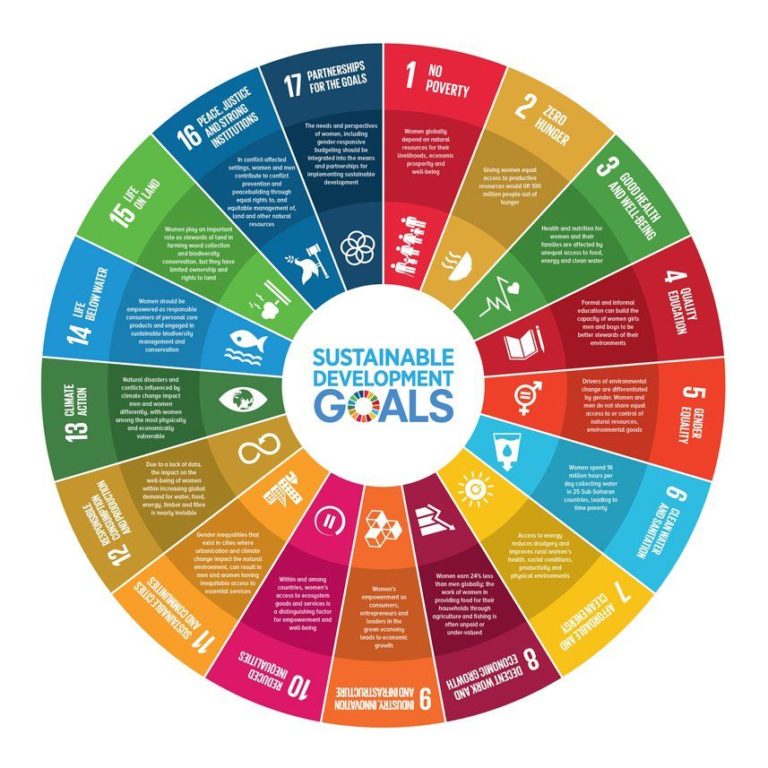Last week, the CBC ran a story which focused on a growing number of construction companies who are launching Indigenous relations department’s. https://www-cbc-ca.cdn.ampproject.org/c/s/www.cbc.ca/amp/1.5969285
I commend this direction as an important first step in reconciliation. The article quotes the Canadian Construction Association, the Assembly of First Nations, Chiefs, and construction industry executives. The focus of these Indigenous relations departments is twofold; the employment of Indigenous workers and contracting with Indigenous subcontractors. Those groups recognized the Indigenous population as untapped talent who can only bring positive innovation to projects. In addition, this fast-growing demographic will be able to take the place of retiring construction workers in coming decades.
Not only does this perspective align with the Truth and Reconciliation Commission Calls to Action, but it also supports the United Nations Declaration on the Rights of Indigenous Peoples. Companies are also looking for joint ventures with Indigenous communities. These measures will allow for economic growth and, in turn, the people in those communities will thrive.
The project examples in the article cited a report in which one third of subcontractors on a large project were Indigenous companies and, on another project, 8.9% of the project value was budgeted for local workers. Think about that. 8.9%. This number caused me to question what our targets should be for the inclusion of Indigenous workers and contractors. What number would any community in Canada be satisfied with? I think we’d all agree if these results were reported for a major Canadian city, there would be some concern on the part of local leaders. That particular scenario, however, may be the best possible result in said circumstance. So, what exactly is going on?
Here are some thoughts which crossed my mind. These major construction organizations need to prosper AND to share these projects with Indigenous people and contractors. We at Bosgoed Projects (BPC) have found key ingredients which support the growth and capacity of Indigenous communities, inclusive of communityowned businesses and Indigenous entrepreneurs. The Indigenous communities reported in the article may be contributing all they can to those projects. In the rest of Canada, for the most part, we assume we have most of the capacity to deliver projects within our communities. We are so used to having that capacity that we have no qualms about bringing the workforce to another community rather than develop the capacity there. I am sure those contractors are seeing how the employment of local talent is cheaper than bringing in workers due to the cost of accommodation, travel, and living allowances.
As for Indigenous relations departments, there are both short and long-term benefits to the business and the Indigenous community, including access to more project opportunities, more workers and expanding their businesses. In the short term, the construction industry will learn about the communities in a more meaningful way by spending more money as they work with the Indigenous communities. In the long term, I hope construction companies will possess the necessary training and experience to work seamlessly with Indigenous communities without the need for a separate department of experts. The additional cost of such additional expertise is inevitably passed on to the projects and contributes to the perception that working with First Nations costs more money. This is not the reputation Indigenous communities want. Is this really effective engagement or simply business development? One could argue construction companies are sensing Indigenous communities are growing in economic strength and expecting improvements in their business relationships.
Almost 30 years ago, we were asked to design and build projects which were only achieving 5 to 10% of Indigenous workers on the construction project. Instead, we at BPC proposedand delivered all the subsequent 125 projects with an eighty percent First Nations workforce. We also did so at the lowest price. From that experience, our copyrighted WorkFirst program was born. Our approach is a collaboration which relies on project owners, funders, managers, designers, the supply chain, suppliers, and contractors. Let’s support what the construction industry is already doing, but take it even further. We know it can work.
Please tell us your stories about collaboration and what role you can (or hope!) to play in increasing capacity. We love hearing from you!
Stay safe, everyone, and see you next Wednesday.
~ Gary and the staff at Bosgoed Projects




